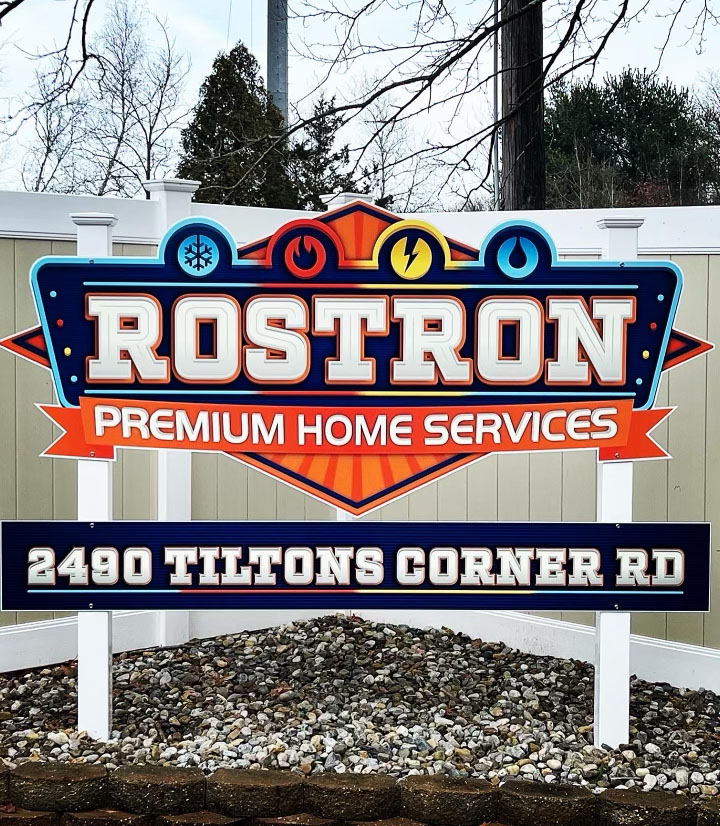
January 25, 2016
We’re now in the depths of winter here in Monmouth and Ocean counties, and as much as homeowners don’t want to admit it, there’s more to come. One of the biggest problems that rears its ugly head each winter is the issue of ice dams. For many homeowners, ice dams can be more than mere annoyances; they can ruin your roof (and areas of your home!) if left unaddressed.
So, you have an ice dam issue on your hands. What can you do about it? Fortunately, there are ways to solve this problem, and you don’t need to go through the rest of your winter worrying about whether or not your roof will suffer.
The Causes of Ice Dams
There are a variety of ways in which ice dams can form. Most commonly, the issue extends from the home’s attic. Conditioned (that is, heated) air from the living spaces in a home can travel up to the attic. If your attic isn’t properly air sealed andor insulated, the air can leak out the roof. This hot air can cause the temperature of the home’s roof to rise, which from there can cause snow on the roof to melt. As this snowmelt travels to the edge of the roof, it freezes, creating an ice dam. Snowmelt then gets trapped on the roof, which can damage its structural integrity.
While shoveling snow off of the roof can be helpful in terms of preventing excessive amounts of damage from occurring, it doesn’t get down to the actual problem itself, which is typically a result of poor air sealing and insulation in your attic. These two principles of home performance are essential for keeping conditioned air inside where it belongs, and when they’re not in place, air can escape at will, resulting in ice dams. The solution, then, is to beef-up insulation and air sealing in your attic, as only this approach will ensure the problem is completely taken care of.
Tom Rostron Can Help
The team at Tom Rostron has a deep understanding of building science and how it relates to the formation of ice dams. He takes a “whole home” approach to every job, focusing on improving home performance and looking at the source of the issue instead of grazing over it. Ice dams aren’t going to go away on their own, and if you’re having the problem this winter, you can expect it to return next year unless you do something about it.
Don’t let the remaining winter months get ruined by the threat of ice dams. Contact us today to learn more and to schedule an appointment.



